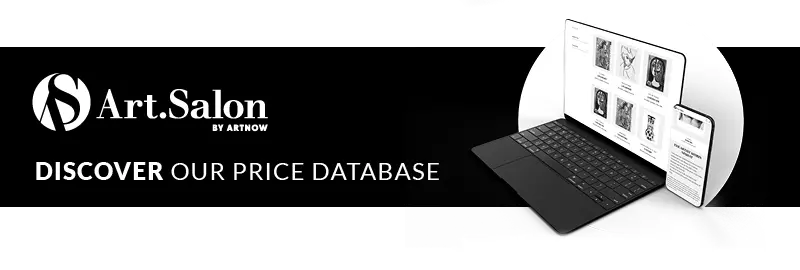
A time of turmoil, a time of innovation
Upheaval, awakening, innovation, freedom, the »Golden Twenties« and finally the demise – the Weimar Republic existed for only 15 years and yet it left behind a rich variety of ideas, such as the Neue Sachlichkeit (New Objectivity). The Louisiana Museum of Art in Humlebæk will be examining this period from October 14.

The Weimar Republic was a time of deep poverty, political unrest, briefly flourishing democracy and a strong culture of freedom. Crises and turbulence were always followed by creative innovation – a time of contrasts that was to come to an abrupt end with National Socialism in 1933. The roaring 1920s, to which history books still attribute their golden splendor, paved the way for distinctive art styles that no one would have dared approach before. Among them is New Objectivity, which helped shape the »fragile« state that was the Weimar Republic.
The Louisiana Museum of Art in Humlebæk, Denmark, is spotlighting this art movement with the exhibition Germany in the 1920s – Neue Sachlichkeit (New Objectivity), beginning October 14. They pay tribute to its »sober realism, ranging from harsh and satirical to razor-sharp and almost clinical.« Also in the mix is pioneering photographer August Sander. Until February 19, 2023, visitors can let themselves be transported into the short, extremely impressive, politically unstable phase of German history.


Dive deeper into the art world
Prints from the Karamu House
The whole of life in one night
In Nocturnal Journey, Belgian artist Hans Op de Beeck creates a mysterious journey through human life. The works of art in gray, black and white serve as a projection surface for his own memories and emotions. The Royal Museum of Fine Arts in Antwerp will be showing the exhibition from March 22.


















